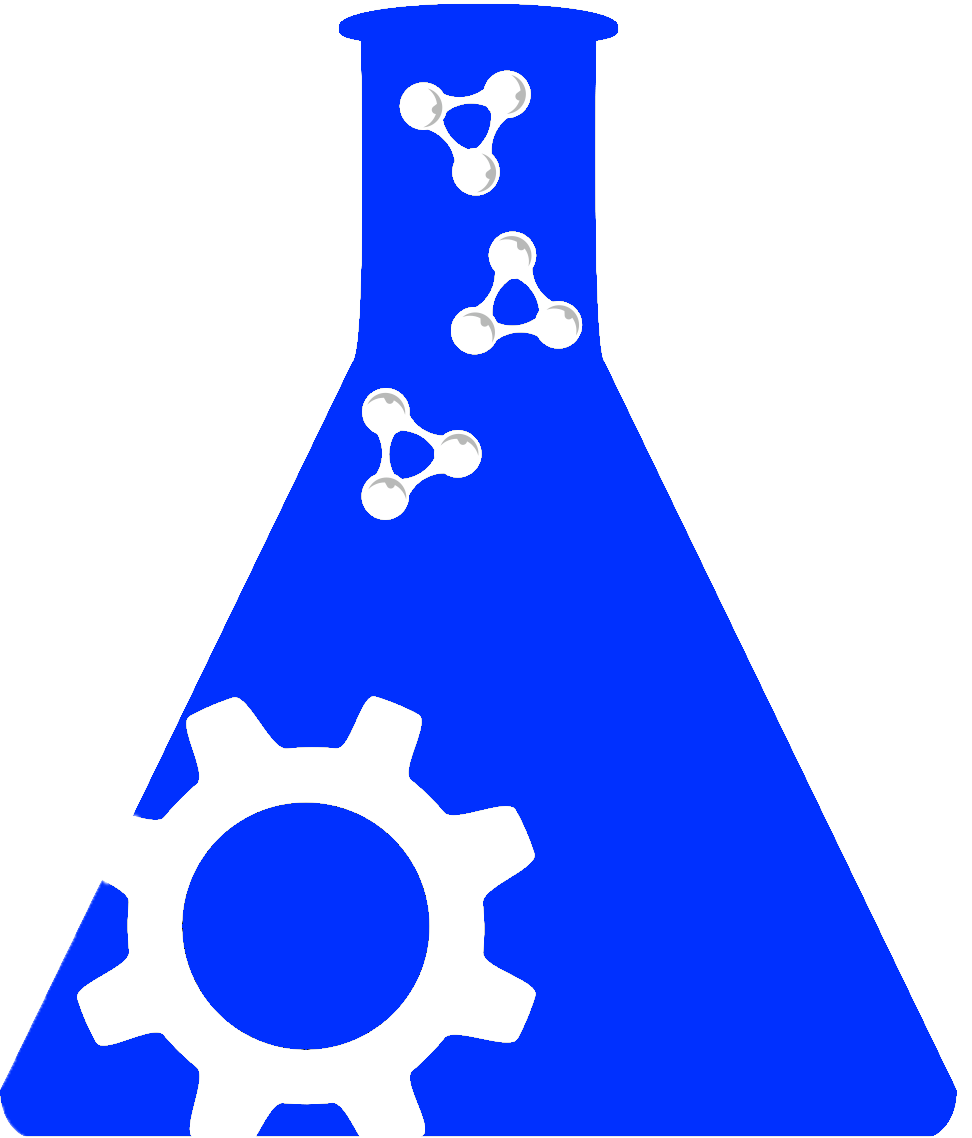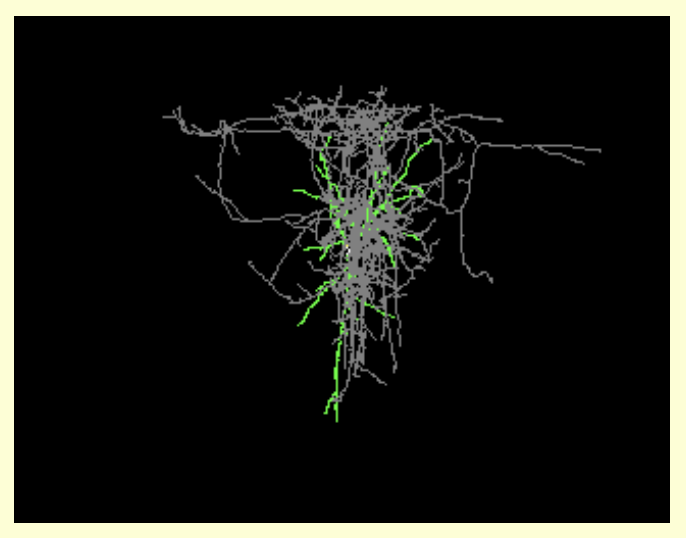Accepted Resource Types
SciCrunch registers and assigns IDs to a variety of resources, including software, data repositories, and core facilities; however, there are a fair amount of resource types that are not included in the SciCrunch registry. This is a simple and quick tutorial that will quickly explain which resources are and are not accepted in SciCrunch.
Accepted:
Software
This includes: data analysis software, data analytics software, data management software, systems interoperability software, simulation software, standalone software, authoring tools, mobile apps, electronic lab notebooks, text mining software, text extraction software, software development tools, source code, toolkits, web applications, and algorithms.
If you have a code repository that you work with, please add the main project page and a DOI if those are available. If you are working with commercial software, please add the company information.
Data, Databases and Information Resources
This includes: databases and data sets, protocols, images and image collections, web portals, atlases, bibliographies, dynamic and information models, narrative resources, slides and presentations, and controlled vocabularies or ontologies.
Funding Resources
This includes: regional funding resources like state or local foundations, government granting agencies like the National Institutes of health, and funding through private organizations like the Bill and Melinda Gates Foundation.
Note: please do not submit individual grants or awards.
Material Resources and Suppliers
This includes: biomaterial suppliers, assessment test providers, instrument suppliers, and reagent suppliers.
Service Resource (Core Facilities)
This includes: computational hosting, resources that provide access to tools and equipment, resources that provide services which produce data or information, resources that provide storage of (and sometimes access to) data or specimens, and resources that provide consultation services.
People (groups)
This includes: working groups and special interest groups, labs, and patient registries.
Note: individuals working in science, please use the ORCID registry (http://orcid.org)
Training (programs)
This includes: educational programs, degree granting programs, medical education, residencies, professional programs, workshops, and short courses.
Organizations
This includes: universities, scientific institutions, commercial organizations, and consortiums.
Note for commercial organizations: please keep your marketing speech to a minimum. Our entries should focus on your core competency, e.g., ‘antibody manufacturer’ or ‘instrument supplier that sells electrophysiology equipment’. Marketing language will be removed.
Not Accepted:
Papers
To put papers into a database, please see PubMed Central: https://publicaccess.nih.gov/submit_process.htm
For data sets, please submit to dryad http.dryad.org or dataverse dataverse.harvard.org or an equivalent data repository.
Papers can be included in the registry entry for a particular resource they describe in the field Publication Link. Additionally the tab “referenced by” allows logged in users to suggest papers that use or discuss the resource. Resource owners can add these in bulk. Please see Resource owners tutorial.
Organisms
No organisms (including microorganisms) are accepted in SciCrunch. Various databases and registries that host organism information are included in SciCrunch, but RRIDs are not assigned to organisms through SciCrunch. Please go to this page to find the appropriate organism repository: https://scicrunch.org/resources/about/guidelines#organism
Antibodies and their respective tools and kits
Antibodies, as well as tools and kits (e.g., ELISA kits) that use antibodies, are handled by the Antibody Registry (antibodyregistry.org).
Chemicals
Chemicals are not accepted in SciCrunch registry. They should be referenced by their name, manufactorer and catalog number, in cases where the material data sheet contains a CAS number, please add it to the reagent citation like this:
Aconitine, Sigma Chemical Co., Cat# A8001, CAS No. 302-27-2




